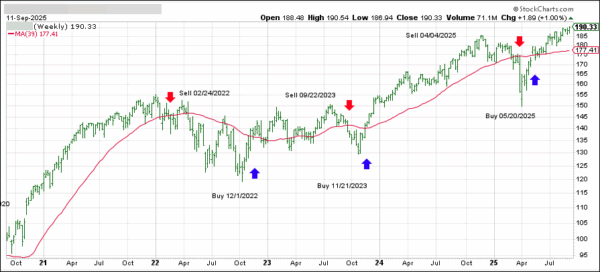
- Moving the market
The major indexes tried to add to last week’s gains today, driven by upbeat headlines from the latest U.S.-China trade talks and traders bracing for the Fed’s big meeting on rates.
Both the S&P 500 and Nasdaq even climbed to new record highs, powered by strong showings in the tech sector and hints from President Trump that discussions with China were “going well.”
U.S. and Chinese officials wrapped up another round of talks, working through tariffs and the TikTok deadline. Trump’s social media post echoed optimism on progress, but he warned that the U.S. could still push ahead with a TikTok ban if China keeps pressing for tariff relief and tech concessions.
Meanwhile, China’s regulator took aim at Nvidia over antitrust concerns, sending shares down nearly 2%. On the flip side, Tesla popped 7% after Elon Musk revealed his biggest-ever open market stock buy.
Today’s action followed a week of softer labor market data and calm inflation, helping fuel hopes for a Fed rate cut Wednesday. Futures markets now put the odds at 96% for a quarter-point cut, while the odds for a bigger move have faded fast.
Bond yields slipped, the dollar hit a two-month low, and the Mag 7 extended their lead over the rest of the market—highlighting how the rally is anything but broad-based.
Gold notched another record close, running with global liquidity, while bitcoin gave back recent gains.
With retail sales on tap tomorrow and the Fed on deck Wednesday, is Wall Street about to get another dose of “buy the rumor, sell the fact?”
Read More




